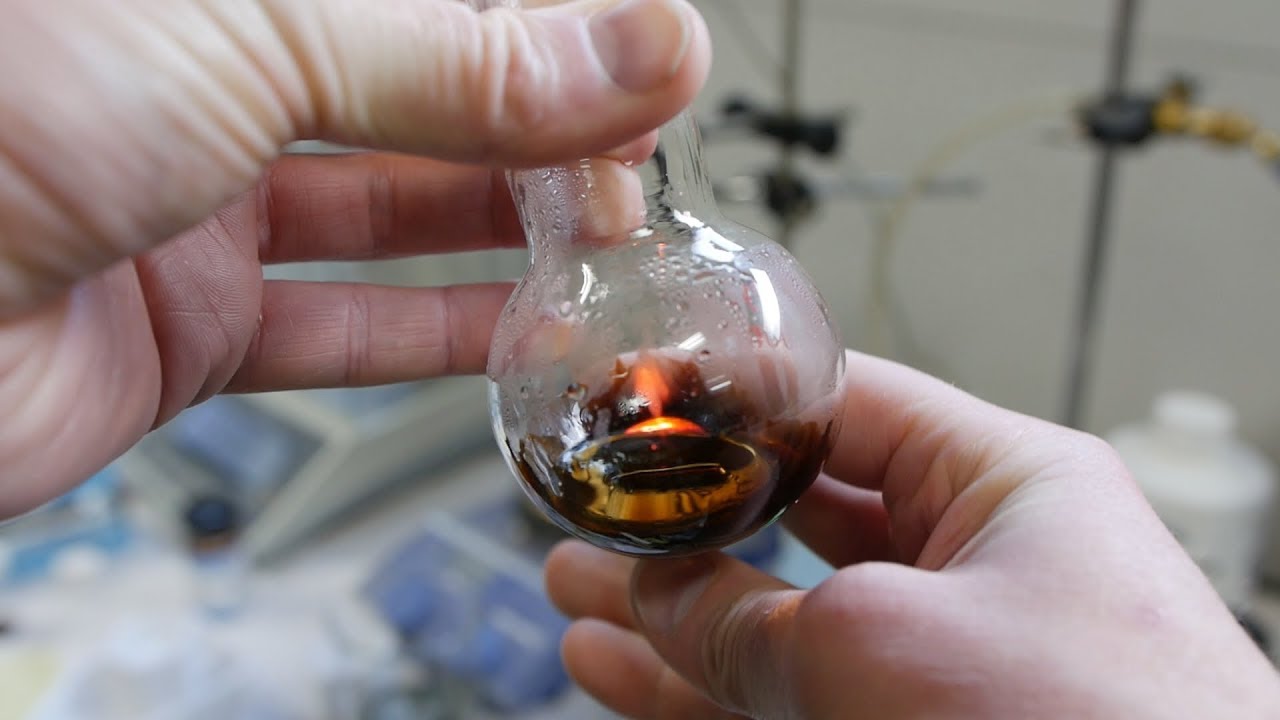June 1976 Comm. 23
Some Notes On The Use Of Benzotriazole As A Preservative For Copper and Alloys Of High Copper Content
Introduction
Benzotriazole has been recommended by Odell (Nuremburg Conference on Restoration 1974) as a suitable treatment for the inhibition of corrosion on copper and brass instruments.
It is a highly effective organic agent widely used in industry for protecting copper and many copper alloys eg. brass, bronze, nickel, silver etc. from the corrosive effects of the atmosphere, and from galvanic corrosion induced
when copper is in contact with other metals.
Benzotriazole acts by forming an inert, insoluble, transparent protective film on the surface of the metal. The film is tough, extremely thin and, for all intents and purposes, invisible. Being chemically combined with the metal it will not peel off or affect the tone of an instrument in the way some varnishes and lacquers will do.
The film is resistant to the damaging effects of water, oxygen, marine and tropical air and to the sulphur dioxide and hydrogen sulphide found in industrial atmospheres.
It is removed by heavy abrasion and continued handling(but see below).
Methods of Application
Before any benzotriazole treatment is carried out it is important that the metal surface be clean and free from grease. If alkaline cleaning agents have been used they should be removed by rinsing well in clean water. Benzotriazole is best applied from a dilute water solution either by immersion (preferred) or by swabbing from a soft cotton pad.
The effective concentration of a working solution is in the order of ??.
As benzotriazole is only slowly soluble in cold water the ‘stock concentrate’ method of solution preparation is recommended. This also avoids the difficulties of preparing small quantities of extremely dilute solutions.
Stock solution
Dissolve 25 gram (??) benzotriazole in 1 litre (2 pints) alcohol. Mineralised methylated spirit (purple meths) is suitable but industrial alcohol is better, if available. The solution is quite stable if stored in a v/ell stoppered bottle.
Working solution
Dilute one part stock solution to twenty parts with clean water, add a few drops of a mild detergent eg’, washing up liquid or shampoo and use slightly warmed (25 - 30 C).
The metal to be treated is immersed in the solution and gently brushed to remove any adherent air bubbles. The treatment is continued for about 10 - 20 minutes.
The article is then removed, rinsed in clean water and dried with a soft cloth.
The solution can be applied by swabbing or brushing but here extreme care must be taken to ensure that all parts of the instrument are covered (not easy as it tends to run off) otherwise some very unpleasant tarnish patterns will appear after a short time.
The solution is reasonably stable and can be used again and again but, as the benzotriazole is consumed during use, its effectiveness will be reduced unless additions of concentrate are made from time to time. A rough guide to the efficiency of the working solution and the need to add concentrate is to treat a small ‘test piece’ of freshly cleaned scrap copper in the solution and hang the piece near a coal fire or a gas or oil fired heater and note the degree of tarnish produced.
Benzotriazole is slightly volatile and if left in an open container will eventually evaporate.
This property allows another method of treatment suitable for the maintenance of a bright finish on instruments subject to handling and use. A small amount of benzotriazole in a cloth bag or even sprinkled in an instrument case will act as a vapour phase inhibitor and prevent tarnishing on freshly exposed surfaces.
I would point out though that the immersion method is more reliable and should be used for the initial treatment.
The solubility of benzotriazole in most lubricants is low but sufficient for the preparation of an anti-tarnish lubricant for slides, valves etc. A small amount, about enough to cover half a new halfpenny is added to ?? pint of lubricant, shaken well, and any excess allowed to settle. The oil is decanted. From any precipitate which can then be used for further quantities of oil.
Precautions in Use
Benzotriazole is non-toxic and there is no risk of poisoning from treated mouthpieces etc. However the chemical does not taste very pleasant and due precautions should be taken if, like mine, your workshop is sometimes a kitchen.
Benzotriazole should not be added to chemical metal cleaners as it will prevent the action of the cleaning agent. (The addition to abrasive cleaners is recommended in the amount of about ?? but a final immersion should be given for the best results). It should under no circumstances be used mixed with strong hydrochloric acid cleaners (the instrument may dissolve rather quickly).
Benzotriazole is not a copper cleaner and is completely ineffective for this purpose.
In fact, instead of removing, it will stabilise tarnish causing difficulties in subsequent removal, although this can be useful for special effects. Solutions of benzotriazole, especially the working solution, should be stored in non-metallic containers in a cool place.
